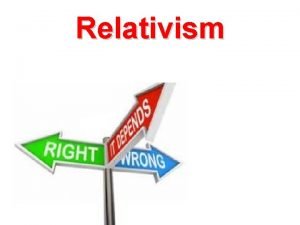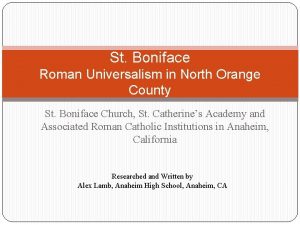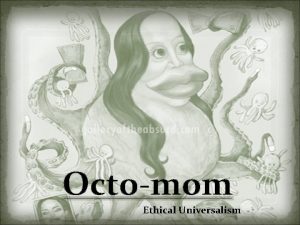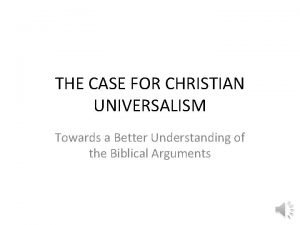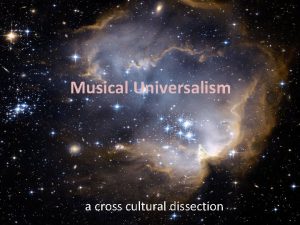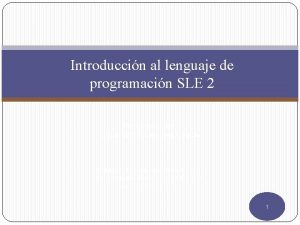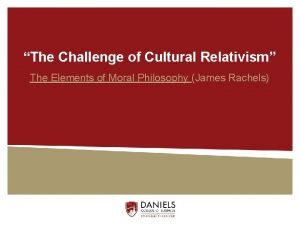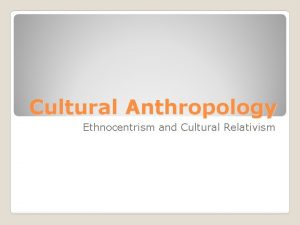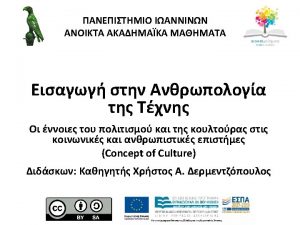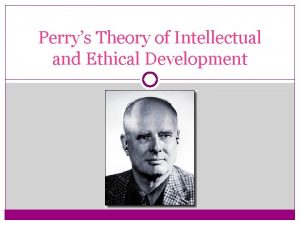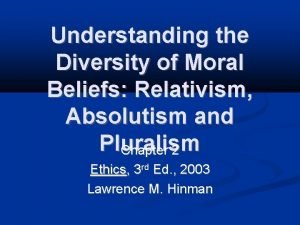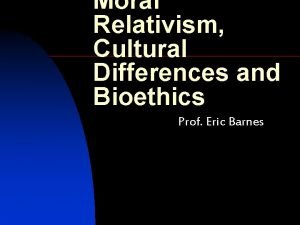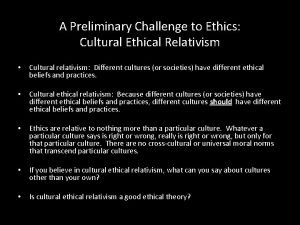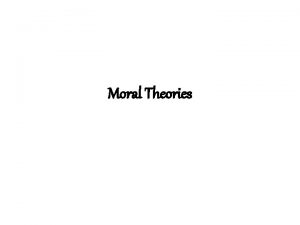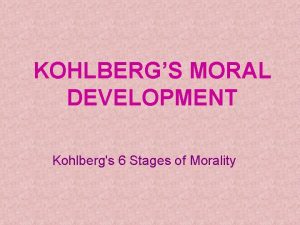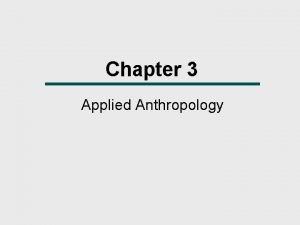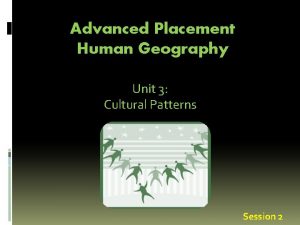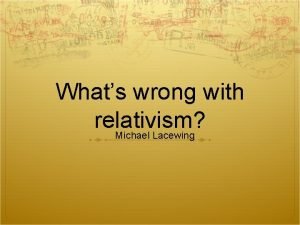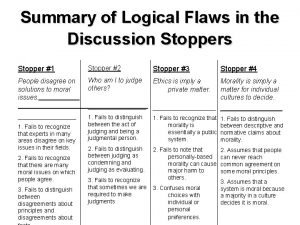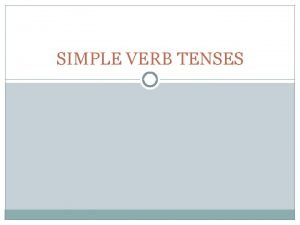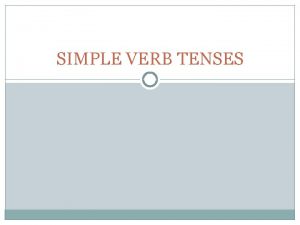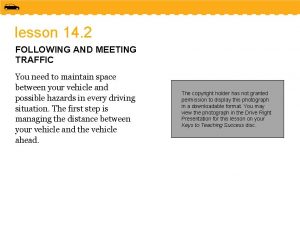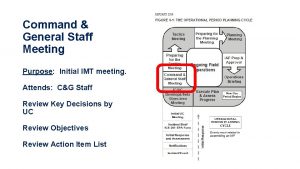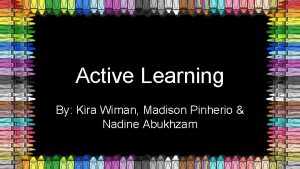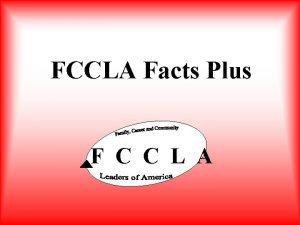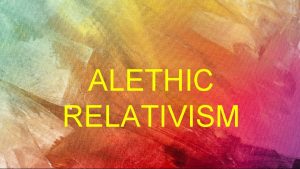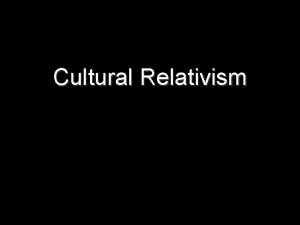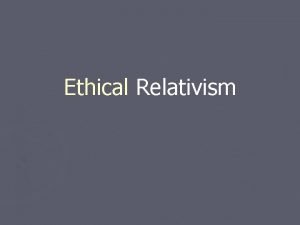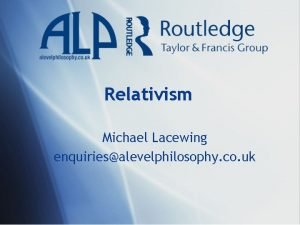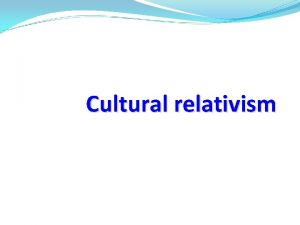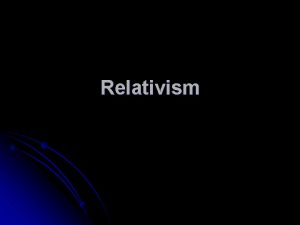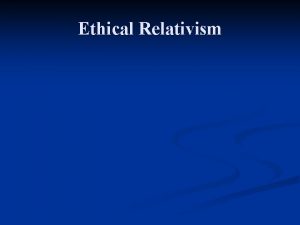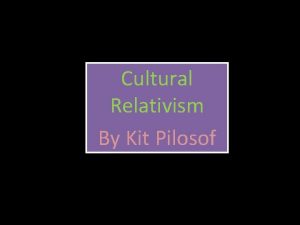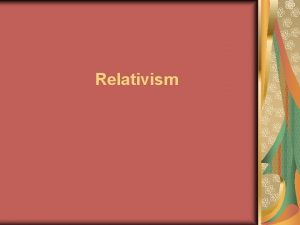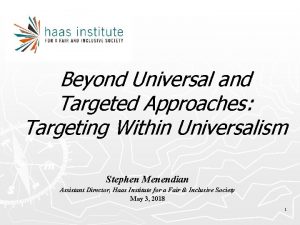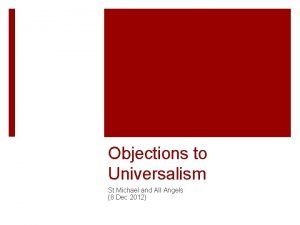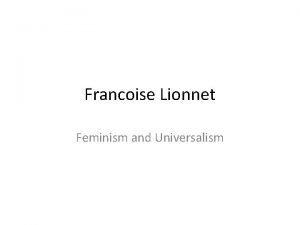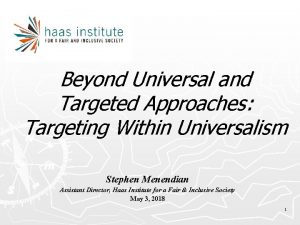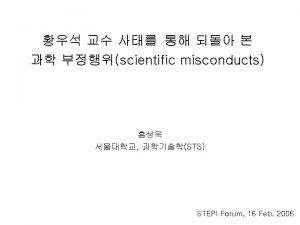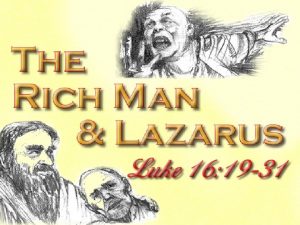39 th SLE meeting Relativism and Universalism in


























![Epistemological problem: Hjelmslev (1928): “La limitation de l’arbitraire […] est difficile justement parce qu’il Epistemological problem: Hjelmslev (1928): “La limitation de l’arbitraire […] est difficile justement parce qu’il](https://slidetodoc.com/presentation_image/aefb8a3e79bdac947d1ca772c66ad2a2/image-27.jpg)






















![Iconicity in language Compare Coseriu (1994 [1977 -78]: 118): “potentielle ikastische Funktion in der Iconicity in language Compare Coseriu (1994 [1977 -78]: 118): “potentielle ikastische Funktion in der](https://slidetodoc.com/presentation_image/aefb8a3e79bdac947d1ca772c66ad2a2/image-50.jpg)














- Slides: 64

39 th SLE meeting – Relativism and Universalism in Linguistics – 30 august - 2 september 2006, Bremen Iconicity in language: an integrated approach Ludovic De Cuypere, Klaas Willems, Johan van der Auwera

I did not have sexual relations with that woman, Ms. Lewinsky.

(1) I did not have sexual relations with that woman, Ms. Lewinsky. (a) I didn’t have sexual relations with her. (b) Ms. Lewinsky and I didn’t have sex. (c) She and I didn’t have sex. (d) We didn’t have sex. (Anderson 2001)

Definition Iconicity as a semiotic notion refers to a natural resemblance or analogy between the form of a sign (‘the signifier’, be it a letter or sound, a word, a structure of words, or even the absence of a sign) and the object or concept (‘the signified’) it refers to in the world or rather in our perception of the world. (http: //home. hum. uva. nl/iconicity/)

Iconicity: Language Structure = Referent (1) Correlation = Coincidence

Iconicity: Language Structure = Referent (1) Correlation = Coincidence (2) Causal correlation = Explanation

Iconicity: Language Structure = Referent (1) Correlation = Coincidence (2) Causal correlation = Explanation Givón (1985: 190) “The question of speaker/hearer consciousness must be kept apart from the question of whether an isomorphic relation between code and coded can be discerned by the linguist. ”

Problem Ø Iconicity only makes sense as an explanatory concept when it determines the form of the language structure Ø i. e. when the correlation is causal

General aims of our talk 1. Semiotics: What is iconicity – icon? 2. Possibilities for iconicity in language 3. Iconicity and symbolicity/arbitrariness

1. Semiotics: What is a sign? A sign, or representamen, is something which stands to somebody for something in some respect or capacity. It addresses somebody, that is, creates in the mind of that person an equivalent sign, or perhaps a more developed sign. That sign which it creates I call the interpretant of the first sign. The sign stands for something, its object. It stands for that object, not in all respects, but in reference to a sort of idea, which I have sometimes called the ground of the representamen. (CP 2. 228)

1. Semiotics: What is a sign? Ø Dynamic process Ø 4 elements: 1) Representamen = material form 2) Object = referent 3) Interpretant = equivalent sign 4) Ground = relation representamen – object

Ground 1. • “a pure abstraction” “the blackness of a black stove”

Ground 2. “a basis of comparison” J. Carter R. Reagan president

Representamen Ground: 3 kinds 1) Iconic ground: similarity Object

Representamen Ground: 3 kinds 1) Iconic ground: similarity 2) Indexical ground: causality/contiguity Object

Representamen Ground: 3 kinds 1) Iconic ground: similarity 2) Indexical ground: causality/contiguity 3) Symbolic ground: conventionality Object

Representamen Object Ground Icon Index Symbol

Representamen Object Ground Icon • Image • Diagram • Metaphor Index Symbol

1. Image: qualitative similarity

2. Diagram: relational similarity

3. Metaphor: analogy Examples: • Time = Money (iconic ground: valuable) • Brain = Computer •

3. Metaphor: analogy Examples: • Maluma Takete

Representamen Object Ground Icon • Image • Diagram • Metaphor Structural Semantic

Iconicity = Iconic ground Ø Broad category: from perception to analogical reasoning Ø Fundamental cognitive/perceptual process

Iconicity = Iconic ground Ø Broad category: from perception to analogical reasoning Ø Fundamental cognitive/perceptual process Icon = sign based on iconicity Ø Similarity (iconic ground) Ø + Similarity must motivate the sign

Epistemological problem: In order to find out whether a sign is an icon we need to examine whethere is an iconic ground (similarity). However, we humans are very good at finding similarities. Hence, an observed similarity does not necessarily imply that the sign is an icon. It is only when the attested similarity motivates the sign, that the latter qualifies as an icon.
![Epistemological problem Hjelmslev 1928 La limitation de larbitraire est difficile justement parce quil Epistemological problem: Hjelmslev (1928): “La limitation de l’arbitraire […] est difficile justement parce qu’il](https://slidetodoc.com/presentation_image/aefb8a3e79bdac947d1ca772c66ad2a2/image-27.jpg)
Epistemological problem: Hjelmslev (1928): “La limitation de l’arbitraire […] est difficile justement parce qu’il est difficile de savoir dans quelle mesure l’analyse objective recouvre l’analyse subjective et subconsciente. ”

Epistemological problem: Proposition: Similarity (objective analysis) = Possibility for iconicity in language

2. Possibilites for iconicity in language Features of spoken language: • Spoken sounds • Linearity • (Prosody, pitch, speed, etc. )

2. Possibilites for iconicity in language Intrinsic restrictions of the medium: • no inaudable/unpronounceable sounds • no 2 D or 3 D ‘depictions’ ( sign language)

1. Spoken sounds 1. 1 = sounds/noises (imagic iconicity) Ø Onomatopoeia

1. Spoken sounds 1. 2 = ‘amount’ (diagrammatic iconicity) Ø open vs. closed vocal = ‘large’ vs ‘small’ e. g. mini vs. maxi

1. Spoken sounds 1. 3 = ‘feature’ (metaphoric iconicity) Ø maluma vs. takete = ‘bumpy’ vs. ‘spiky’

2. Linearity 2. 1 Formal distance = Conceptual distance (1) I did not have sexual relations with her. We didn’t have sex.

2. Linearity 2. 1 Formal distance = Conceptual distance (2) a. Only John knew Mary. b. John knew only Mary. a. small wooden dolls. b. * wooden small dolls. (3)

2. Linearity 2. 1 Formal distance = Conceptual distance (4) a. John showed Peter the book. b. John showed the book to Peter.

2. Linearity 2. 2 Repetition = ‘more of the same’ Reduplication: (Berbice Dutch Creole; Kouwenberg 1994) boši (‘bundle’) > boši-boši (‘separate bundles’) wengi (‘to walk’) > wengi-wengi (‘to walk up and down’) kali (‘small’) > kali-kali (‘very small’)

2. Linearity 2. 3 Formal complexity = Conceptual complex. Degrees of comparison: high-higher-highest, altus-altior-altissimus Singular – Plural: je finis – nous finissons tu finis – vous finissez

2. Linearity 2. 4 Linearity = Vectoriality (5) a. Stop or I’ll shoot. b. * I’ll shoot or stop.

2. Linearity 2. 4 Linearity = Vectoriality (5) a. Stop or I’ll shoot. b. * I’ll shoot or stop. (6) veni, vidi, vici

2. Linearity 2. 4 Linearity = Vectoriality S before O (95% world’s languages)

Summary: Possibilities • Spoken sound = ‘sound’ (i) • Spoken sound = ‘amount’ • Spoken sound = ‘feature’ • Formal distance = Conceptual distance (ii) • Repetition = ‘more of the same’ • Formal complexity = Conceptual compl. • Linearity = Vectoriality

Iconicity in language Newmeyer (1992): Functionalist iconicity hypothesis Three claims: (1) Iconic principles govern speakers’ choices of structurally available options in discourse (2) Structural options that reflect discourse-iconic principles become grammaticalised (3) Grammatical structure is an iconic reflection of conceptual structure

Iconicity in language Newmeyer (1992): Functionalist iconicity hypothesis Three claims: (1) Iconic Language use (synchrony) (2) Grammaticalisation (diachrony: 1 > 3) (3) Iconic Grammar (synchrony)

Iconicity in language Newmeyer (1992): Functionalist iconicity hypothesis Three claims: (1) Iconic Language use (synchrony) (2)“Most contemporary linguists, I suspect, have no problem accepting the idea that aspects of language use [. . . ] might have iconic properties” (Newmeyer 1997: 756).

Iconicity in language (1) Iconic Language use (synchrony) Phonology: poetic language use The moan of doves in immemorial elms And murmuring of innumerable bees (Lord Tennyson)

Iconicity in language (1) Iconic Language use (synchrony) “Choice of stylistic variants” (Newmeyer 1992: 774) I did not have sexual relations with that woman. she and I. . . we. . .

Iconicity in language (3) Iconic Grammar (synchrony) SVO: The dog bites the cat 1. Correlation (similarity) iconic interpretation is possible (vectoriality) 2. Causal correlation (iconicity)? Yes, when the similarity motivates the use of SVO structure BUT: is SVO as such an iconic grammatical structure?

Iconicity in language (3) Iconic Grammar (synchrony) is SVO as such an iconic grammatical structure? 1. Similarity points towards a possible motivation for the language change leading towards SVO 2. grammaticalisation = loss of iconicity (Haiman 1998, 1999) 3. 3. SVO is a symbolic grammatical structure, with iconic potentiality, i. e. SVO can be used iconically. 4. 4. SVO not intrinsically iconic!
![Iconicity in language Compare Coseriu 1994 1977 78 118 potentielle ikastische Funktion in der Iconicity in language Compare Coseriu (1994 [1977 -78]: 118): “potentielle ikastische Funktion in der](https://slidetodoc.com/presentation_image/aefb8a3e79bdac947d1ca772c66ad2a2/image-50.jpg)
Iconicity in language Compare Coseriu (1994 [1977 -78]: 118): “potentielle ikastische Funktion in der Sprache” “aktuelle ikastische Funktion im Text”

Iconicity in language (X) The dog bites the cat Iconicity and symbolicity/arbitrariness are not mutually exclusive Is an integrated semiotic account possible?

T. Deacon (1997) The symbolic species Hierarchy of semiosis symbolic relationship indexical relationship 1, indexical relationship 2 … iconic relationship 1 + iconic relationship 2

T. Deacon (1997) The symbolic species 1. Iconicity = recognition 2.

T. Deacon (1997) The symbolic species 2. Indexicality = based on iconic relations e. g. smoke fire

T. Deacon (1997) The symbolic species 2. Indexicality = based on iconic relations e. g. smoke 1 smokeii fire

T. Deacon (1997) The symbolic species 2. Indexicality = based on iconic relations e. g. 1 smoke fire smokei firei smokeii fireii 2

T. Deacon (1997) The symbolic species 2. Indexicality = based on iconic relations e. g. smoke 1 fire smokei firei smokeii fireii 2 rook vuur 3 Index

T. Deacon (1997) The symbolic species 3. Symbolicity = based on indexical relations


T. Deacon (1997) The symbolic species Hierarchy = Evolutionary scenario Iconic semiosis Indexical semiosis t Symbolic semiosis (language)

T. Deacon (1997) The symbolic species Hierarchy = Evolutionary scenario Iconic semiosis Indexical semiosis t Symbolic semiosis (language) Iconic and Indexical semiosis still possible in natural language

Conclusion Too simple: 1. language structure (X) = referent 2. Iconicity: language structure = referent 3. (X) = iconically motivated potentially circular

Conclusion rather: 1. language structure (X) = referent 2. Iconicity: language structure = referent 3. (X) = iconically motivated 3’. (X) = possibly iconic 3. 1. can iconically be used in actual discourse (text) 3. 2. diachrony: possible motivation for language change towards X

Summery
 Human choice cuts
Human choice cuts Universalism ethics
Universalism ethics Roman universalism
Roman universalism Ethical universalism
Ethical universalism Targeted universalism
Targeted universalism Human choice cuts
Human choice cuts Arguments for christian universalism
Arguments for christian universalism Maximalism utilitarianism
Maximalism utilitarianism What is universalism
What is universalism Drug induced sle
Drug induced sle Sle service level
Sle service level Asuhan keperawatan sle pada anak
Asuhan keperawatan sle pada anak Anemia sle
Anemia sle Transvers miyelit
Transvers miyelit Heliotrope rash vs malar rash
Heliotrope rash vs malar rash Lupus eritematoso
Lupus eritematoso Dr jakab lászló immunológus
Dr jakab lászló immunológus Sle programación
Sle programación Sle vasculitis
Sle vasculitis Sle vasculitis
Sle vasculitis What are the 11 criteria for lupus
What are the 11 criteria for lupus Elsever
Elsever Ra vs oa morning stiffness
Ra vs oa morning stiffness Perspektif keperawatan anak dalam kasus sle
Perspektif keperawatan anak dalam kasus sle Sle aro ale examples
Sle aro ale examples What is meeting and types of meeting
What is meeting and types of meeting Types of meeting
Types of meeting Moral and cultural relativism
Moral and cultural relativism Ethnocentrism in sociology
Ethnocentrism in sociology What is subjective relativism
What is subjective relativism Holism and relativism
Holism and relativism Dualism multiplicity and relativism
Dualism multiplicity and relativism For today's meeting
For today's meeting Meeting objective
Meeting objective Relativism examples
Relativism examples Example of cultural relativism
Example of cultural relativism Cultural ethical relativism
Cultural ethical relativism Ethnocentrism vs cultural relativism
Ethnocentrism vs cultural relativism Cultural relativism
Cultural relativism Absolutism vs relativism
Absolutism vs relativism What is ethical relativism
What is ethical relativism Poetry from other cultures
Poetry from other cultures Utilitarianism vs deontology
Utilitarianism vs deontology Instrumental relativist
Instrumental relativist Types of anthropology
Types of anthropology Example of linguistic fragmentation
Example of linguistic fragmentation Descriptive relativism
Descriptive relativism Cultural relativism
Cultural relativism Criticism of act utilitarianism
Criticism of act utilitarianism Relativism
Relativism Meeting individual care and support needs
Meeting individual care and support needs Cft meeting
Cft meeting Mike visit his grandmother last night
Mike visit his grandmother last night Complete the text below with the appropriate tenses
Complete the text below with the appropriate tenses Agenda welcome and introductions
Agenda welcome and introductions Meeting traffic
Meeting traffic General staff meeting agenda
General staff meeting agenda Meeting agenda welcome and introductions
Meeting agenda welcome and introductions Meeting agenda welcome and introductions
Meeting agenda welcome and introductions Kira & nadine
Kira & nadine Meeting the needs of guests with kindness and goodwill.
Meeting the needs of guests with kindness and goodwill. Trenching and excavation safety meeting
Trenching and excavation safety meeting Lines that run from north to south but measure is and west
Lines that run from north to south but measure is and west Joint meeting of essex and union counties
Joint meeting of essex and union counties What does star stand for?
What does star stand for?
